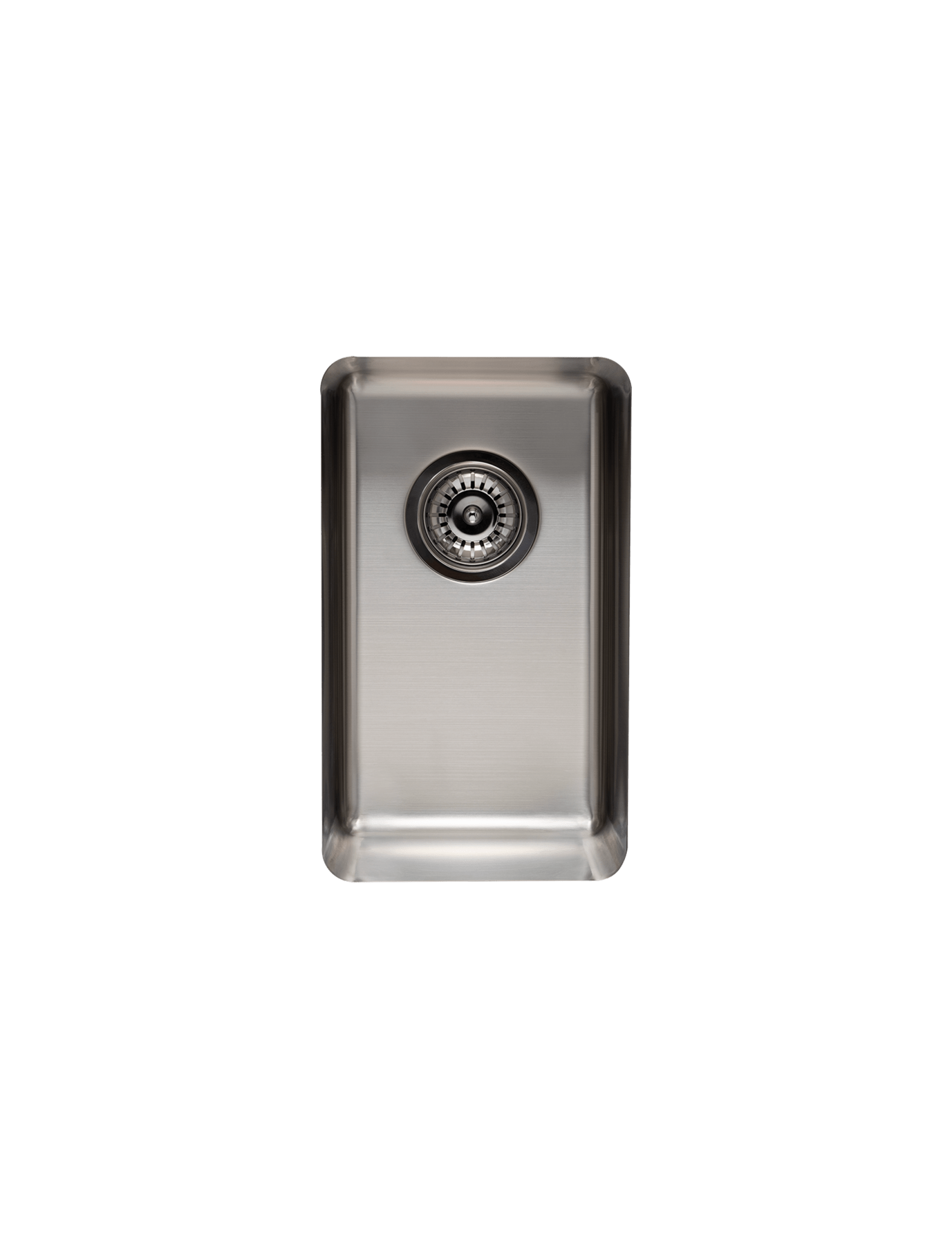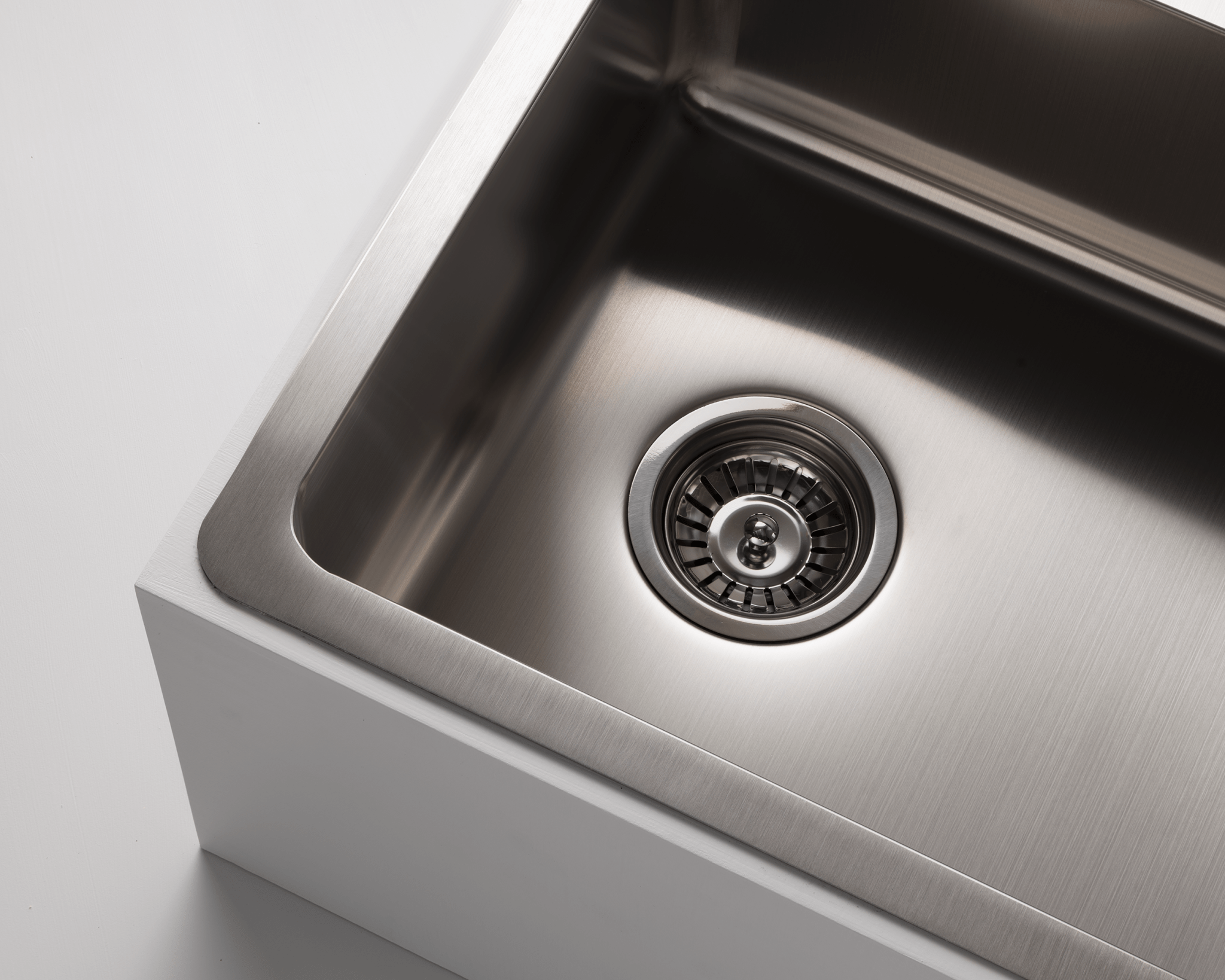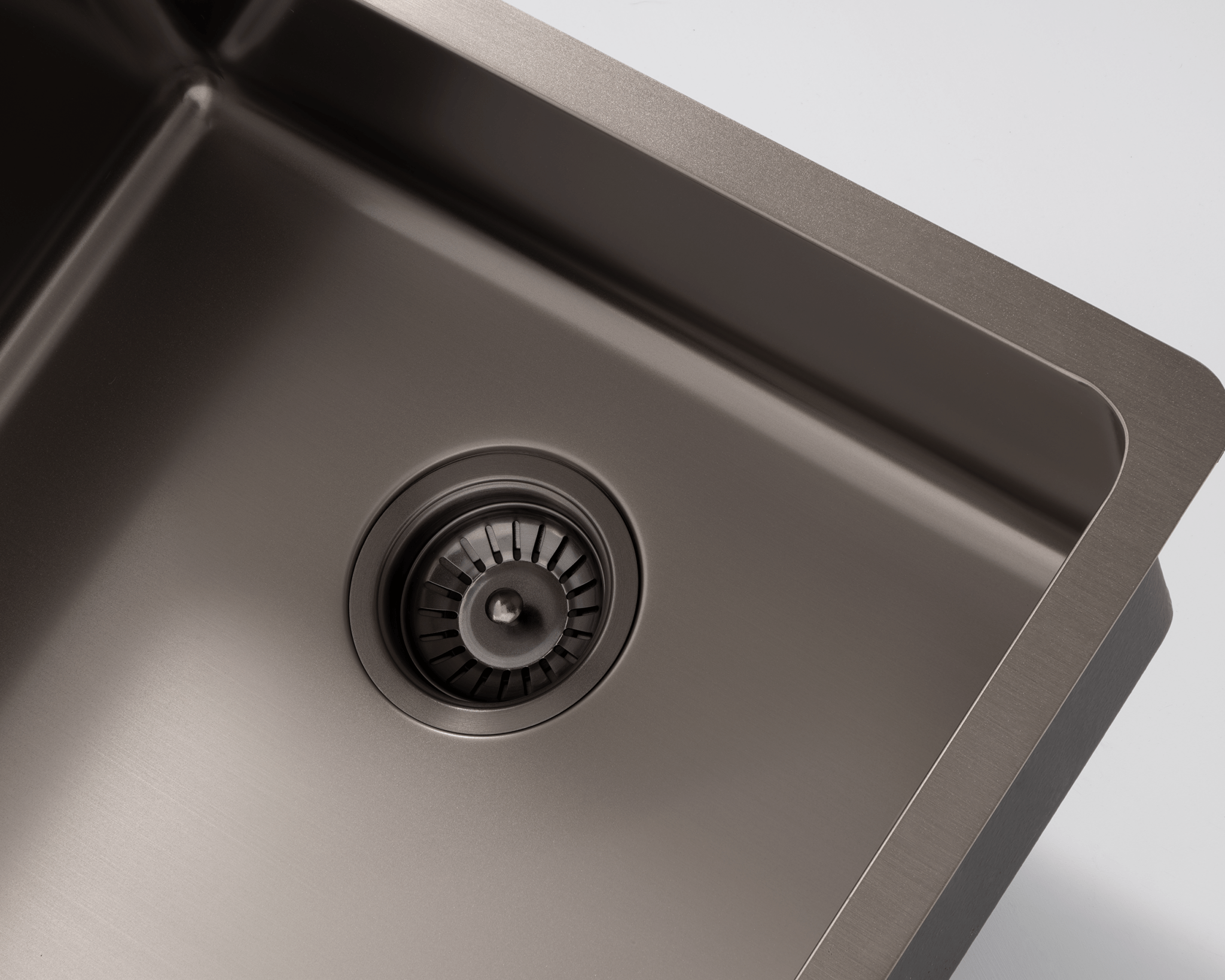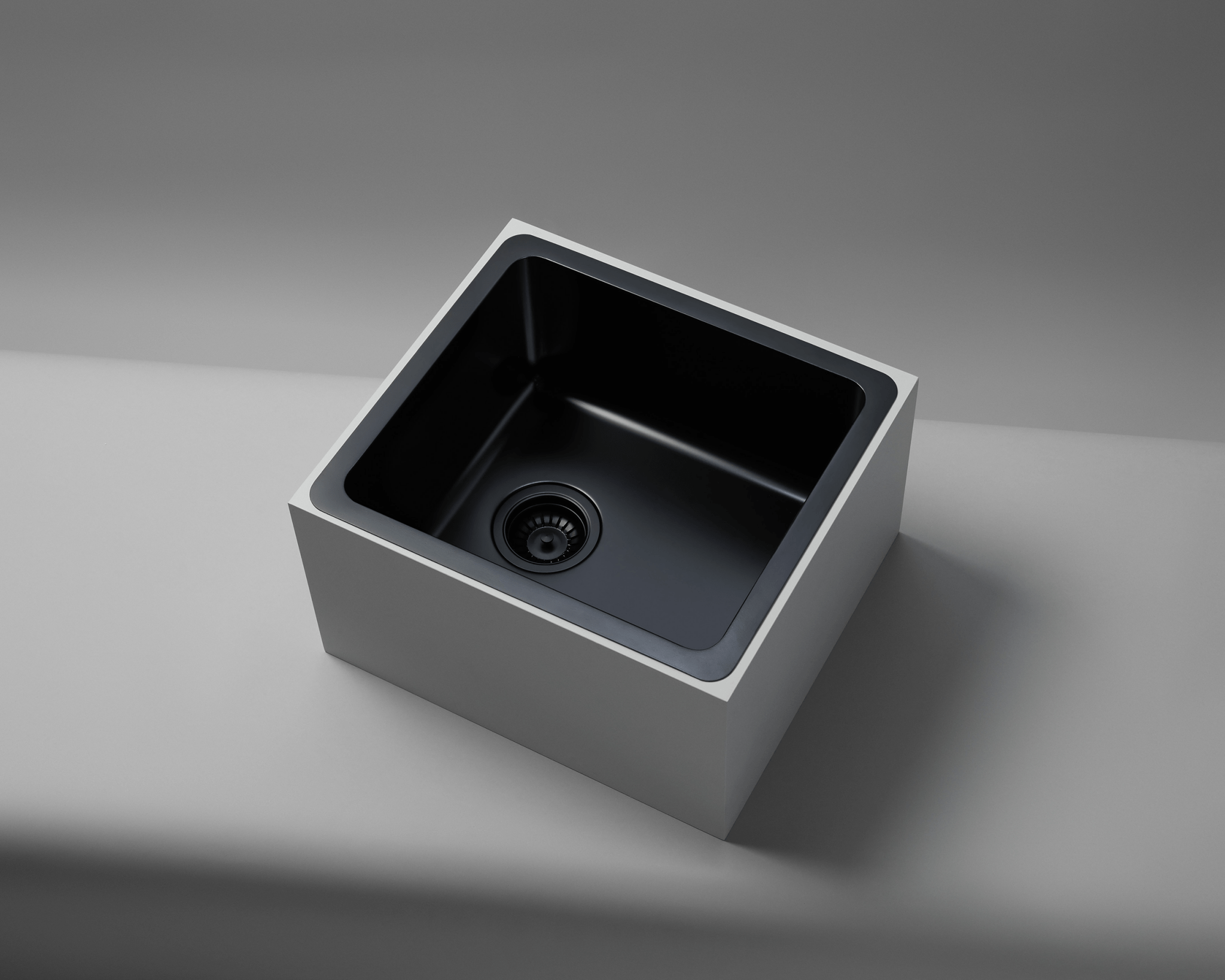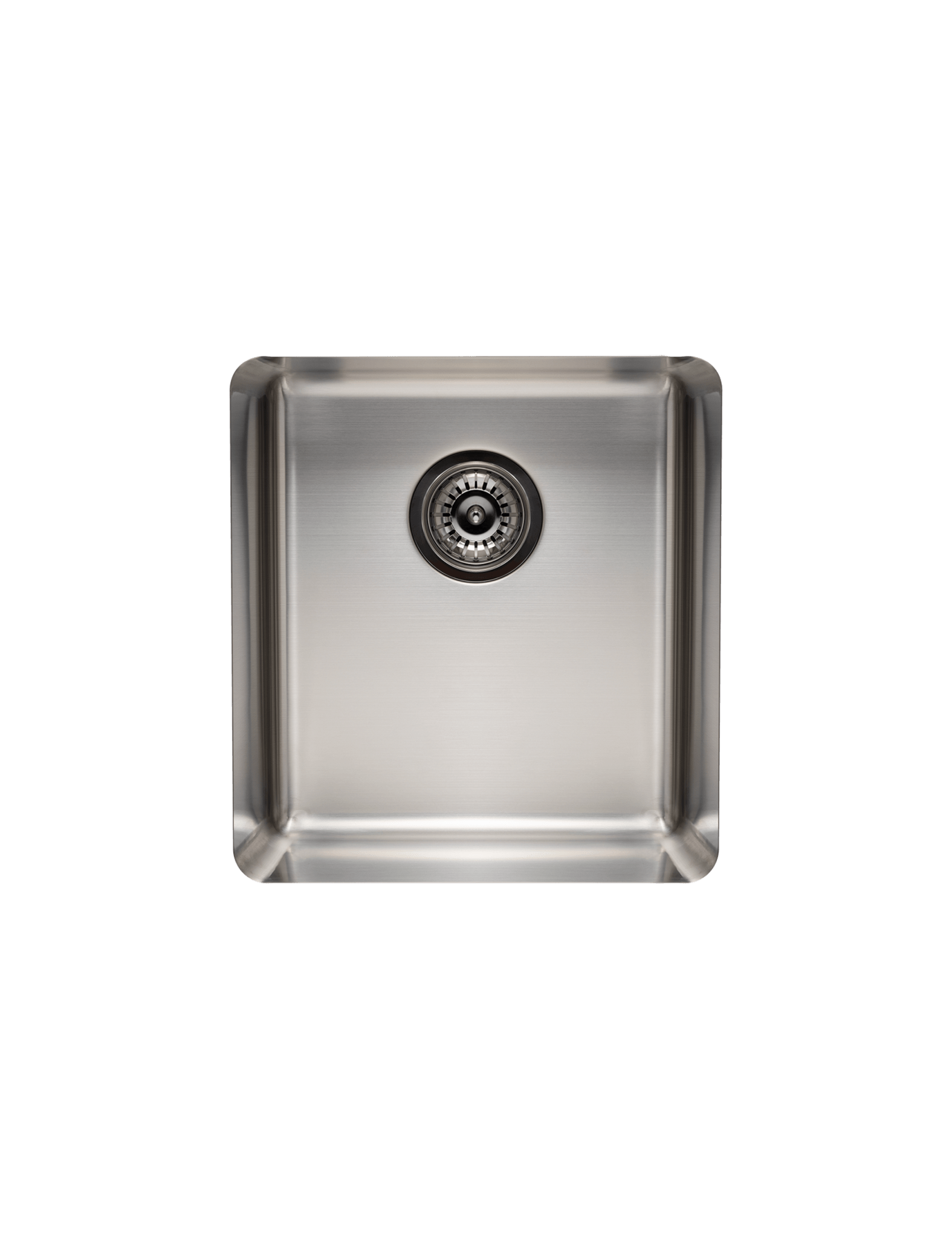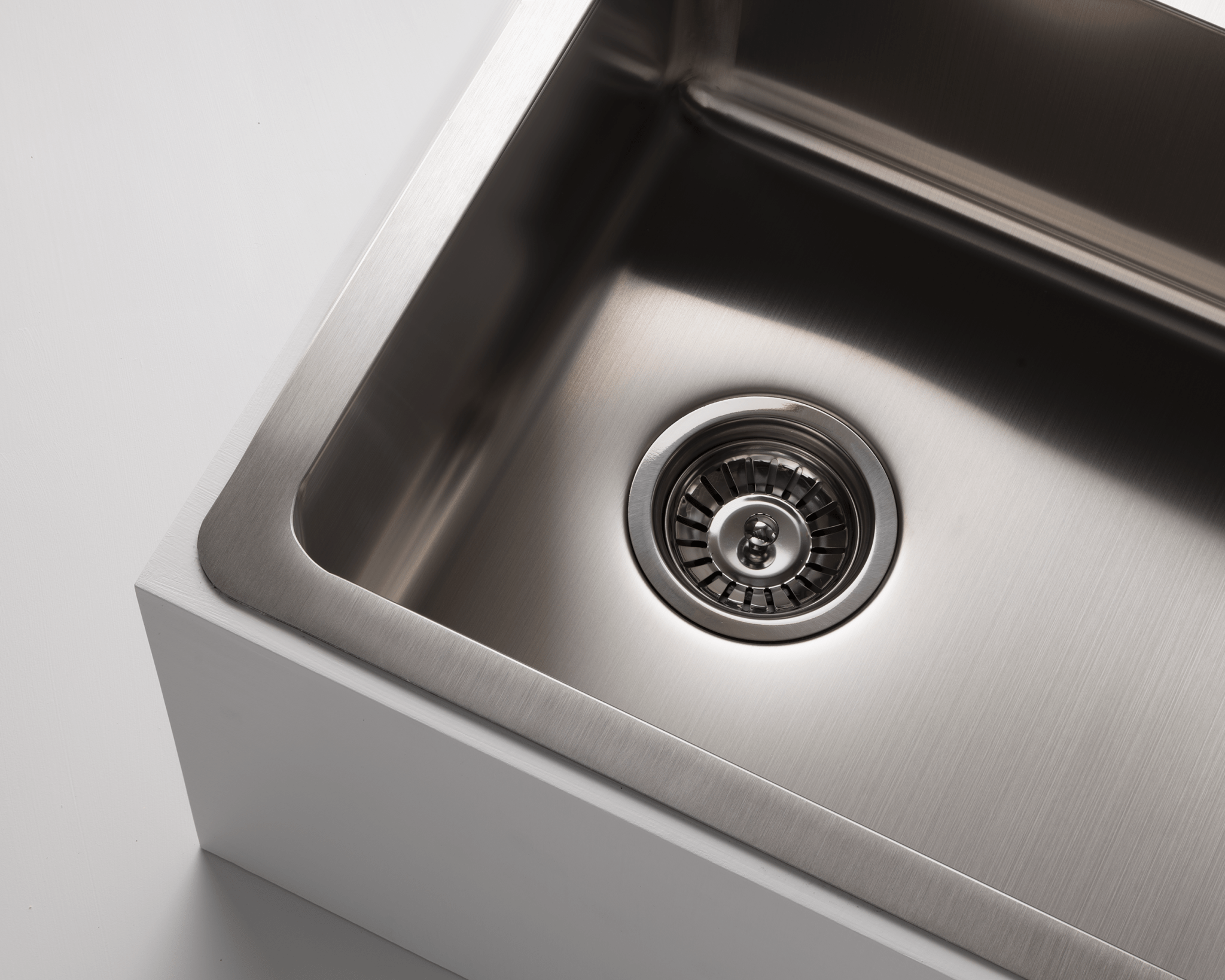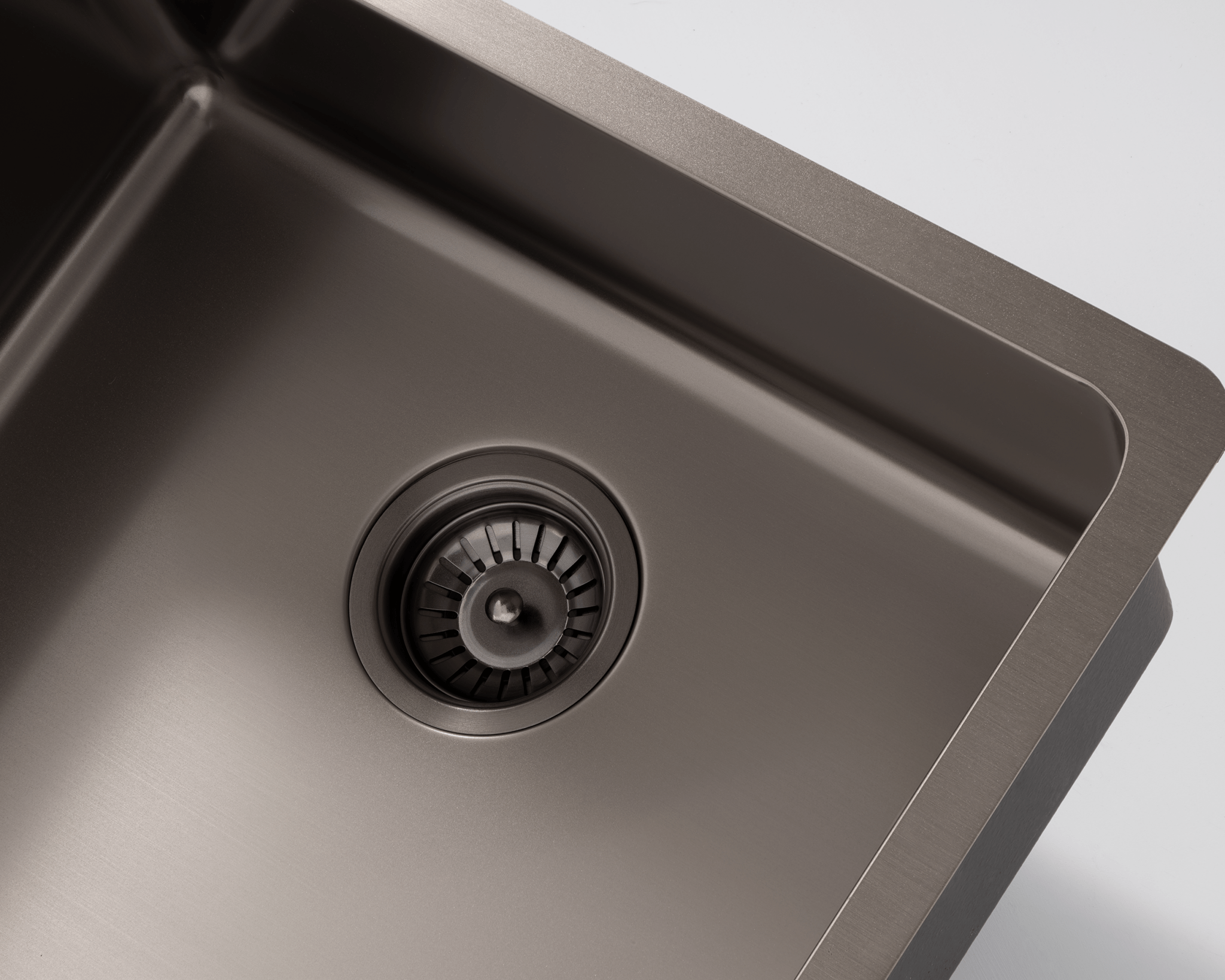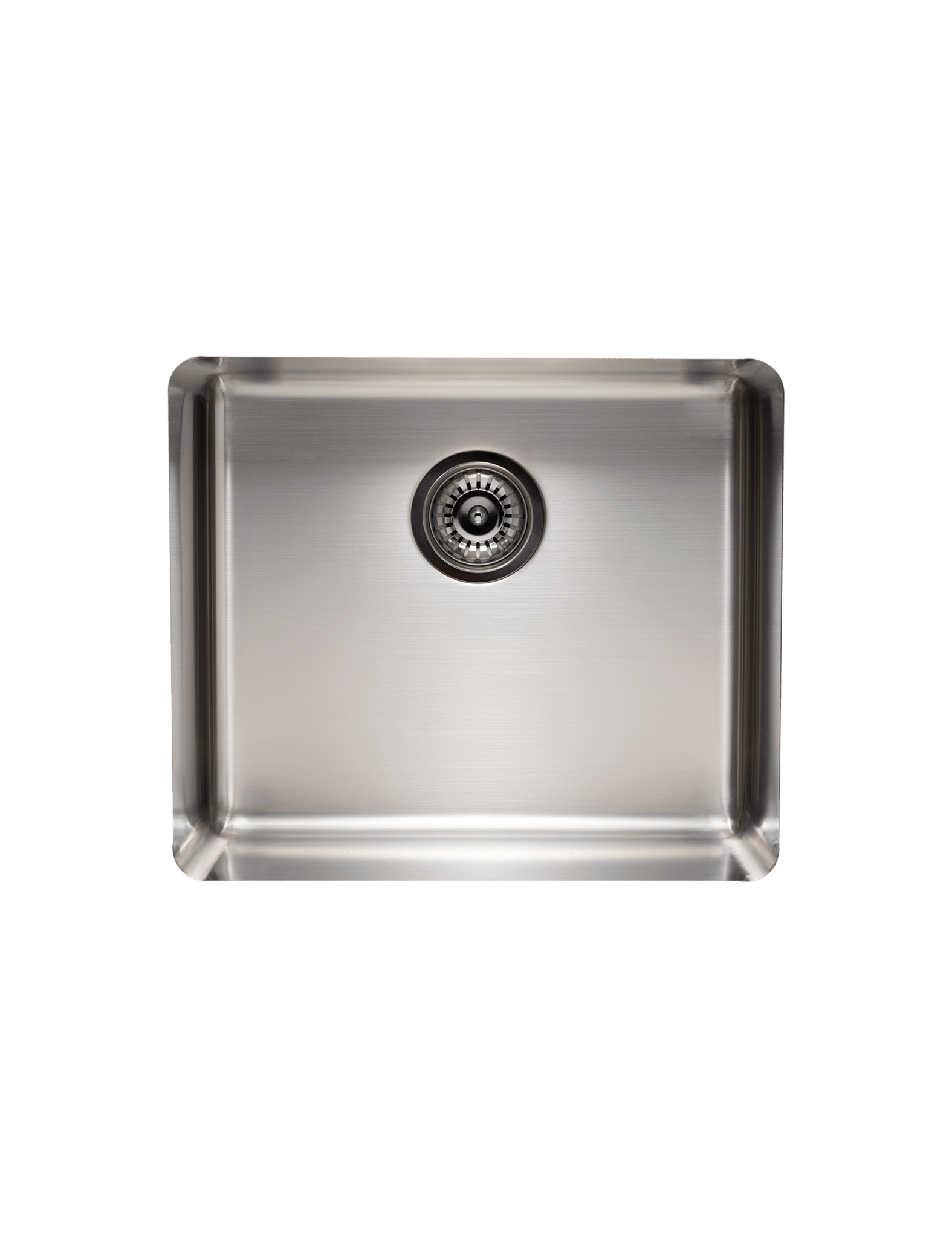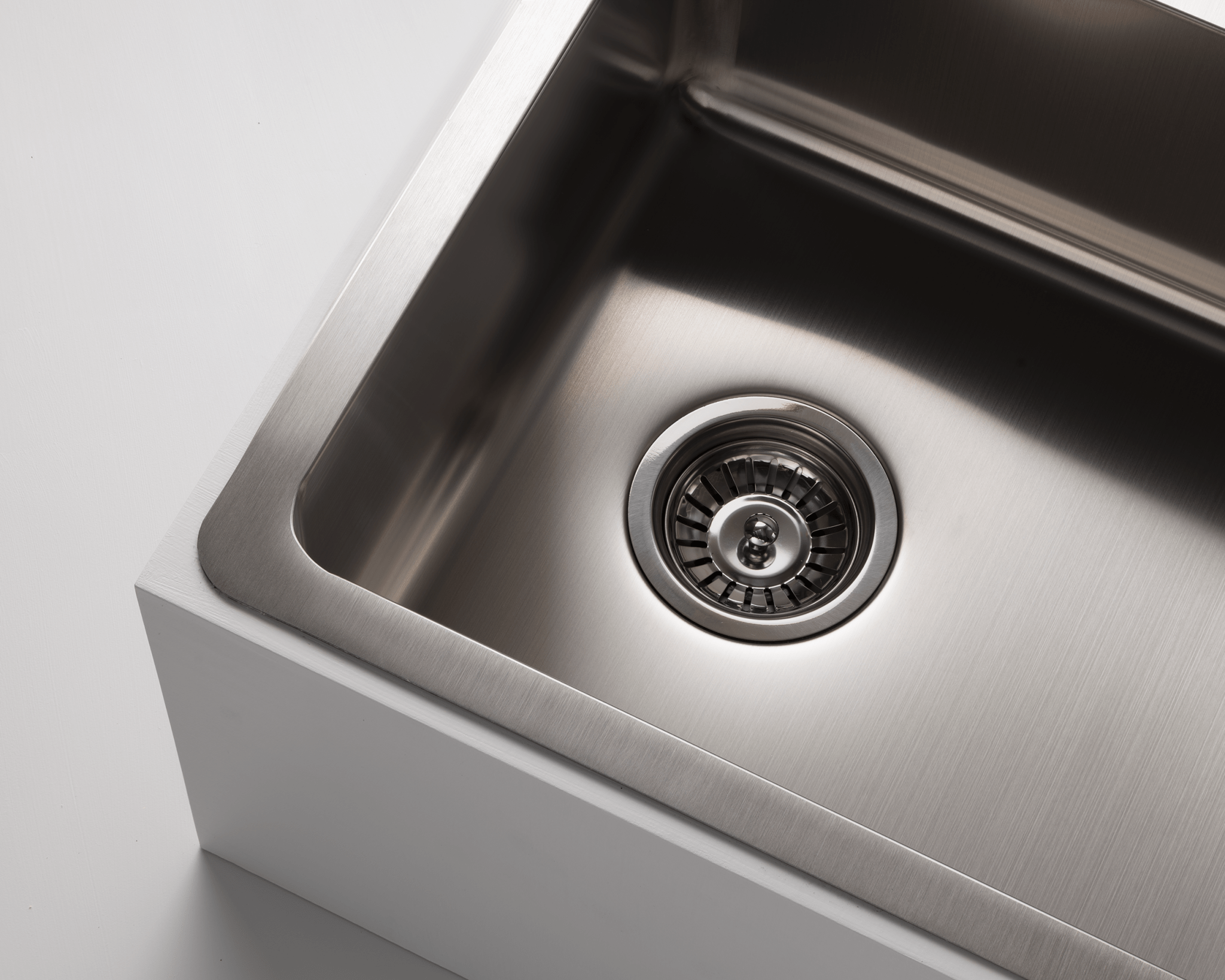-
285mm Small Bowl Sink
285mm Small Bowl Sink
- Regular price
- $880.00 AUD
- Sale price
- $880.00 AUD
- Regular price
-
-
285mm Small Bowl Sink
285mm Small Bowl Sink
- Regular price
- $880.00 AUD
- Sale price
- $880.00 AUD
- Regular price
-
-
285mm Small Bowl Sink
285mm Small Bowl Sink
- Regular price
- $880.00 AUD
- Sale price
- $880.00 AUD
- Regular price
-
-
285mm Small Bowl Sink
285mm Small Bowl Sink
- Regular price
- $880.00 AUD
- Sale price
- $880.00 AUD
- Regular price
-
-
285mm Small Bowl Sink
285mm Small Bowl Sink
- Regular price
- $880.00 AUD
- Sale price
- $880.00 AUD
- Regular price
-
-
405mm Medium Bowl Sink
405mm Medium Bowl Sink
- Regular price
- $1,080.00 AUD
- Sale price
- $1,080.00 AUD
- Regular price
-
-
405mm Medium Bowl Sink
405mm Medium Bowl Sink
- Regular price
- $1,080.00 AUD
- Sale price
- $1,080.00 AUD
- Regular price
-
-
405mm Medium Bowl Sink
405mm Medium Bowl Sink
- Regular price
- $1,080.00 AUD
- Sale price
- $1,080.00 AUD
- Regular price
-
-
405mm Medium Bowl Sink
405mm Medium Bowl Sink
- Regular price
- $1,080.00 AUD
- Sale price
- $1,080.00 AUD
- Regular price
-
-
405mm Medium Bowl Sink
405mm Medium Bowl Sink
- Regular price
- $1,080.00 AUD
- Sale price
- $1,080.00 AUD
- Regular price
-
-
520mm Large Bowl Sink
520mm Large Bowl Sink
- Regular price
- $1,280.00 AUD
- Sale price
- $1,280.00 AUD
- Regular price
-
-
520mm Large Bowl Sink
520mm Large Bowl Sink
- Regular price
- $1,280.00 AUD
- Sale price
- $1,280.00 AUD
- Regular price
-
Titan’s single bowl sink collection is designed for those who value simplicity, space, and lasting performance. With a streamlined design and generous bowl capacity, these one bowl sinks provide ample room for food prep, cleaning, and daily kitchen tasks — all in one uninterrupted workspace. Available in a variety of sizes, from narrow sink options ideal for compact spaces to large single sink designs built for busy households, each single sink is crafted to withstand the demands of everyday life while maintaining a sleek, modern look. Perfectly balanced between function and form, the single bowl sink collection offers timeless durability for any kitchen layout.
Efficient Solutions with Single Bowl Kitchen Sinks
The single bowl sink design features one uninterrupted basin, offering generous space for washing and food preparation. This absence of dividers means larger cookware and utensils fit comfortably, reducing the hassle of manoeuvring items around separations.
A key advantage of single bowl sinks is their adaptability in different kitchen layouts. They integrate well with a variety of bench styles and depths, allowing designers and homeowners to maintain a clean, cohesive look without sacrificing practicality. The open basin design also facilitates easy cleaning, as there are fewer edges and corners where dirt can accumulate.
For those seeking a compact yet effective option, the kitchen sink single bowl model maximises usable area within a modest footprint. This makes it ideal for kitchens where space optimisation is critical, yet a functional sink remains essential. The design supports both universal installations, providing flexibility in fitting to existing bench configurations.
Overall, these sinks are an excellent choice for users who want a durable, easy-to-use basin that simplifies kitchen tasks. Their uncomplicated form focuses on utility and space efficiency, making them a practical selection for both residential and professional settings.
Choosing the Right Single Sinks for Your Kitchen Layout
Selecting the appropriate fixture plays a critical role in defining both the function and flow of your kitchen space. A well-considered single sink kitchen layout offers clarity in design and efficiency in daily use. With one basin to work within, the configuration supports a simplified approach to cleaning and preparation, reducing visual clutter while maintaining a deliberate architectural rhythm throughout the benchtop.
When planning your kitchen, the position and proportion of the sink must align with how the space will be used. Central placement supports symmetry and accessibility, while offset positioning may be more suitable for compact or asymmetrical spaces. In both scenarios, a sink single installation helps maintain visual balance and structural clarity, complementing cabinetry and benchtop materials without overpowering them.
The relationship between form and function is particularly important in kitchens where bench space is at a premium. Selecting a sink that fits the intended spatial constraints, while still meeting usage needs, ensures that the working area remains both efficient and unobstructed. It also enables continuity between adjacent zones — such as preparation, cooking, and cleaning — supporting a cohesive layout.
Material choice, depth, and mounting style are all secondary to selecting the correct type and size of sink for the specific space. A clear understanding of user behaviour and design intent will inform the right decision. For those who prioritise clarity and function, the single sink remains a restrained and effective choice.
Functional Design Principles of One Bowl Kitchen Sinks
A well-executed kitchen begins with the fundamentals, and the sink is often central to its daily operation. When considering layout, workflow, and spatial proportion, functionality must guide the decision-making process. A clear, deliberate approach to sink placement and sizing supports uninterrupted movement between zones and maintains visual clarity across the benchtop.
The one bowl kitchen sink embodies this principle through its singular form and efficient footprint. It removes unnecessary elements and focuses solely on what is essential: a usable, practical workspace. A one bowl sink aligns with a design language rooted in utility, offering an unobtrusive solution that integrates seamlessly with surrounding joinery.
Designers working within compact kitchens, galley-style formats, or island benches often favour a centralised, minimalist approach. The simplicity of one defined space eliminates visual and functional fragmentation. Without added complexity, the working surface becomes more adaptable and allows for greater freedom in accessory integration, bench composition, and spatial rhythm.
The selection process should begin with a review of how the space is used — not just aesthetically, but mechanically. The sink should complement the way tasks are performed, how tools are accessed, and how transitions between prep, clean-up, and service occur. Attention to proportion, orientation, and symmetry ensures that the fixture contributes to the broader architectural intent rather than distracting from it.
Maximising Space with a Large Single Kitchen Sink
In space-conscious design, every fixture must justify its presence — not only in function but in proportion. A large single bowl offers more than generous dimensions; it creates a purposeful working zone that streamlines movement and reduces clutter. Its broad surface allows tasks to be completed within a defined footprint, improving overall efficiency without compromising the surrounding layout.
For those who frequently manage larger cookware or prep volumes, a big bowl for kitchen use is not just a convenience — it’s a requirement. Oversized dishes, trays, and utensils demand a basin that can accommodate them without obstruction. Integrating such a feature ensures that the workflow remains uninterrupted, even during peak usage.
Placement plays a key role in ensuring this format contributes positively to the space. When centred, the form becomes a grounding element in the overall composition. If positioned asymmetrically, it can support a more dynamic layout, provided the proportions are carefully balanced. Material choices and finish selection should complement the surrounding palette without drawing excessive attention.
A big sink also has implications for surrounding cabinetry and storage. Designers should consider how its scale interacts with adjacent drawers and hardware, ensuring the visual weight is distributed evenly. Drainage, tapware alignment, and mounting details must also be resolved with precision. Ultimately, it is not merely a practical inclusion, it’s a design decision. When executed thoughtfully, it elevates both the form and function of the kitchen as a whole.
Practical Considerations When Selecting a Narrow Sink
When specifying a fixture for a compact or irregularly shaped kitchen, proportion becomes critical. A narrow sink can be an effective solution when working within limited spatial parameters, but its integration must be carefully planned. The reduced width affects not only the visual rhythm of the bench but also the practical aspects of use, including reach, depth, and alignment with cabinetry.
The primary consideration is workflow. A small sink suits kitchens where preparation and cleaning tasks are light or distributed across multiple areas. It may also complement auxiliary setups, such as butler’s pantries or bar zones, where space constraints require more focused functionality. Designers should evaluate how the sink will be used on a daily basis and whether its dimensions can support the intended tasks without compromise.
Placement is equally important. In narrow benchtops, positioning closer to the front edge can reduce strain, while ensuring sufficient clearance at the rear for tapware and accessories. The orientation should also respond to surrounding joinery, allowing drawers and cupboards to open fully without interference.
Mounting type, drainage configuration, and adjacent surfaces all influence how well the basin integrates with the broader scheme. The selection should align with the materials and finishes used throughout the kitchen, maintaining a cohesive aesthetic without drawing undue attention to its reduced scale.


